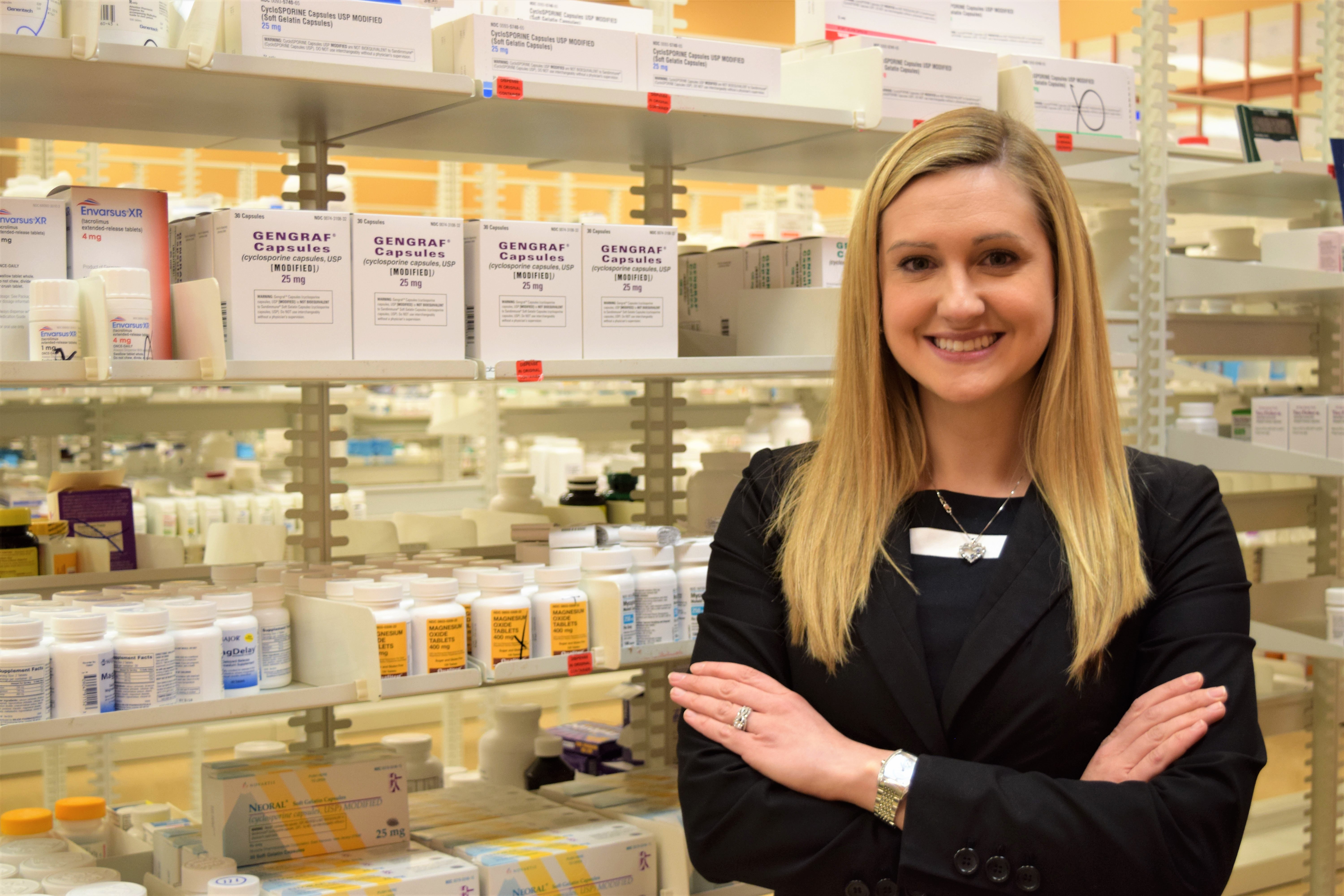Marcy Snell now focused on patients, not process.
“My job as an Oncology Services Coordinator used to be so detail-intensive, I just didn’t have much time to get to know my patients as individuals.” Which is important because? Dr. Snell, who’s been with Troy, Michigan’s Pharmacy Advantage since late 2010, has an example at the ready.
“I was recently assigned a new patient who had been prescribed Xeloda,” says Marcy. “During my initial interview with her, I learned that she would be moving-in with her daughter because she’d been having a hard time taking care of herself. Her daughter was with her at the time. So I turned to the daughter, and asked how that upcoming move would impact her. As it turned-out, it was going to impact her a lot.
A caregiver’s concerns
“She’s a working mother who’s already stretched thin, and adding the responsibility of managing her mother’s care on top of juggling her own household had her deeply concerned about the risk of slipping-up on medication protocol and refill scheduling. If I hadn’t had time to talk to the daughter, I never would have gotten that important personal information. And the software system that gave me time to talk with her also helped me take a lot of worry off her mind.”
Problem solved
Marcy explains, “With DromosPTM, virtually any information I need to know, and share, as a pharmacist, is generated automatically — once I have the key patient data entered. Starting with specific dosage protocol. All of the potentially gray or confusing areas are laid-out clearly for everyone to see.
“For instance,” she continues, “I may get a script for Xeloda that calls for three tablets to be taken twice daily. The oncologist’s instructions may call for just one tablet twice daily — because they’re assuming the tablet size is 1500 mg, instead of the 500 mg described in my script.
Automated instructions
“Another common complication that can have an impact on outcomes is storage and handling. With lot of oral cancer medications, caregivers can’t touch them with their bare hands. Other medications may have to stay in their original packaging — rather than being placed in pillboxes. DromosPTM automatically generates those instructions from its database.”
An unmatched database
The next critical area DromosPTM addresses is potential interactions with other patient medication. “The system’s database places an extraordinary amount of manufacturer information right at my fingertips, and when I enter all the medications an individual patient is taking, it automatically generates interaction warnings. Same thing for potential allergic reactions.
Duplicated work eliminated
“Before DromosPTM, I had to find and copy all medication info manually — starting with searches on Micromedix.com or ClinicalPharmacology.com — then paste it into the Microsoft Access database we created to manage patients. Which,” Marcy admits, “was a big step forward from the way we did things before that; but the big problem with Access was, there wasn’t any way to store specific medication info. So whenever patients had a new medication added to their list of prescriptions, I had to start from scratch — and ask all the same questions over again.
“Needless to say, patients didn’t like having to repeat those interviews any more than I did. But it had to be done, because in Oncology there’s just no room for error. Particularly in my specialty, which is End Stage Cancer.” Which points to the single greatest benefit Marcy has experienced from using DromosPTM.
Life-changing experiences
“Now that I have more time to focus on counseling and patient interaction, not only am I better able to impact outcomes, I get to see the impact those outcomes have in people’s lives. And yes, some of those stories can be heartbreaking. But when you know that you’re at least partly responsible for helping a mother watch her son graduate from high school, or a father walk his daughter down the aisle, well, that’s something you never forget.”
